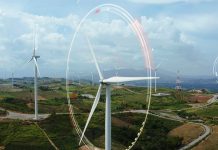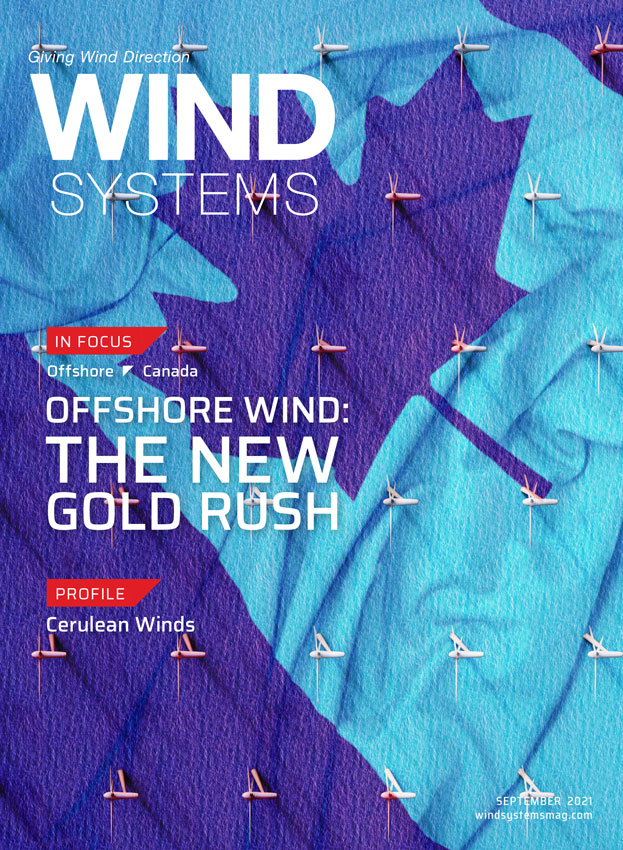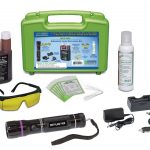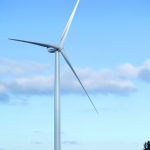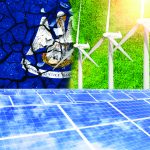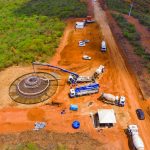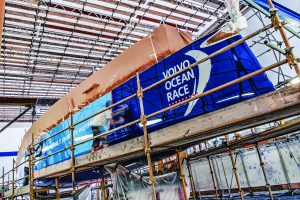The growth in renewable energies has coincided with a trend toward the digitalization of major infrastructure, often referred to as Industry 4.0. Artificial intelligence and machine learning (AI/ML), IoT devices such as sensors, the cloud and advanced communications networks are all combining to digitally transform the critical infrastructure we depend upon, making it smarter, more efficient, and more responsive. In the power-distribution space, these technologies are playing a crucial role in the smart grid, but they are also playing a role in power generation, including wind farms.
Wind farms 4.0
Unlike much established industrial infrastructure — which has, for the most part, missed the digital revolution — wind power has employed digital technologies from the start. And yet, innovation in this area is ongoing, and wind farms will be able to profit from these new technologies to achieve further efficiencies, improve asset management and maintenance, and improve worker communications for greater reliability and safety.
One of the key drivers for digital transformation has been the growth of broadband communications capacity. We have seen enormous capacity gains made using fiber optics and the replacement of many older communications systems by IP networks. Both these technologies are being widely adopted by wind farms. Fiber optics are often bundled with power cables to transmit supervisory control and data acquisition (SCADA) communications used to monitor and control turbines. SCADA and other industrial control protocols such as Modbus and Profinet are supported by IP/MPLS networks, which can also be used for a host of new IP-based applications.
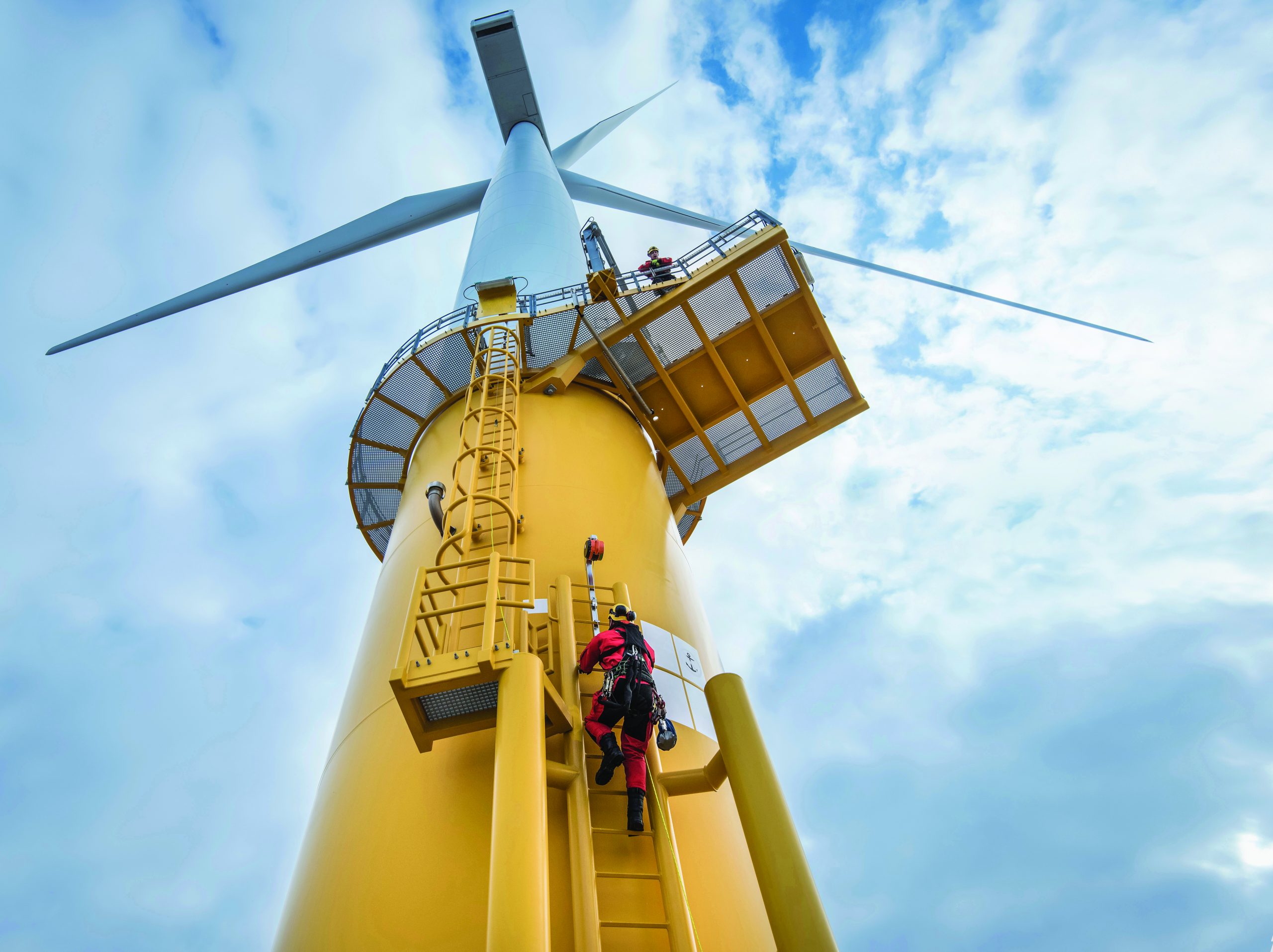
Converged communications
The consolidation of communications onto IP is also happening in broadband wireless networks based on 4G/LTE and 5G. This convergence means IP-based applications are now supported end-to-end by the communications network, whether wired or wireless. This converged broadband IP connectivity is the de facto platform today for Industry 4.0 applications.
Along with SCADA and industrial control protocols, even legacy applications such as basic voice communications — which today depend on TETRA or P25 private radio systems to link wind-farm workers — are being replaced by private LTE and 5G. The advantage of LTE and 5G is the ability to not only support push-to-talk, but push-to-video, as well as other kinds of high bandwidth communications, such as augmented reality (AR).
With their extra data capacity, these new systems allow field engineers to receive work orders and instructions digitally and be guided in the servicing of equipment by remote experts. They also can provide improved situational awareness to first responders in emergency situations by sending on-site video and even the biometric information of workers at the remote site through LTE-connected wearable devices.
Sensor analytics
Wirelessly connected sensors can monitor much more than the health and safety of individual workers. Sensor technologies can be deployed widely on any of the equipment used on the wind farm, from cranes to vessel, to the towers, turbines, and blades in order to improve asset management and maintenance.
Sensor data, which can include temperature, vibrations, audio/acoustics, humidity, and current, can be analyzed by machine learning software to create digital models of any kind of equipment and its normal behavior. This makes it possible to go beyond scheduled maintenance, to better understand the actual condition of assets, and whether they need to be maintained sooner or later. As data accumulates over time and the digital models of the equipment improve, it even becomes possible to predict failures in advance.
These kinds of software analytics systems can also be used for video footage, turning CCTV cameras into intelligent sensors. Scene analytics software can be used to spot any changes in the normal scene captured by a camera, identifying anomalies, such as an intruder approaching a turbine at a time when there is no work scheduled or counting animals such as deer or even hikers who might be walking in the area.
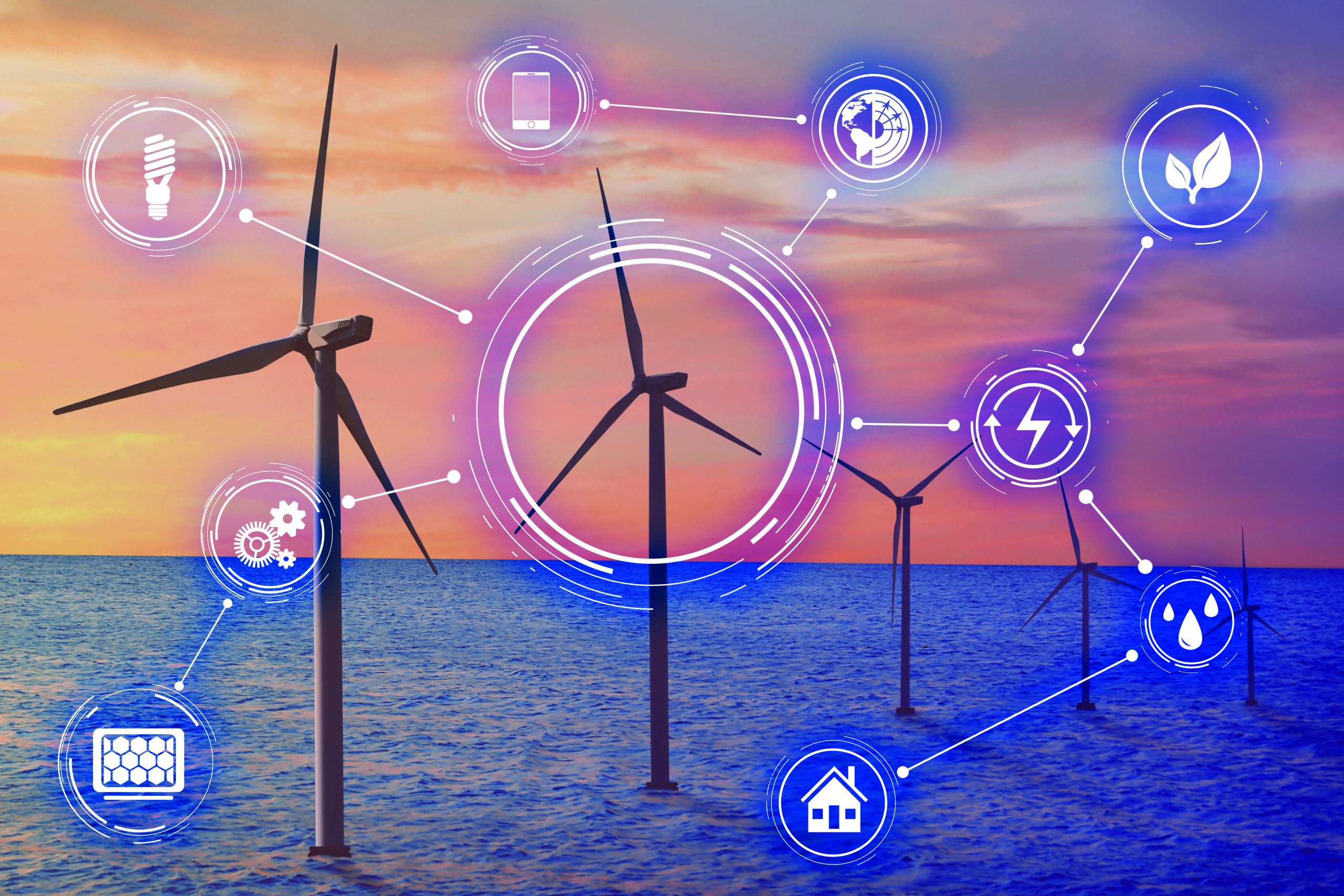
Anomalies that are spotted by the machine learning system can send a flag to remote personnel for review, with insights and footage that help to prioritize and address the issue. Scene analytics can also be used for audio data, so that microphones can, for instance, register changes in the pitch of the blade that might indicate a maintenance issue. Taking all these kinds of sensor data together and modeling their behavior over time, software analytics can predict when certain kinds of faults might occur based on the monitoring of environmental conditions and turbine performance. A topical use case, currently in trials, is being able to predict the build-up of ice on turbine blades, allowing operators the time to stop and heat the blades before failure occurs.
Pervasive wireless broadband can also be used to control drones for turbine inspection on offshore wind farms. The capacity of LTE, which is many times that of a very-small-aperture terminal (VSAT), allows high-definition video to be transmitted from the drone for close inspection of possible faults, such as stress fractures and other indicators of potential failure. It can also be used to control the drone remotely or beyond the line of sight where local regulations permit. These capabilities will only improve with the arrival of 5G.
Conclusion
Industry 4.0 technologies are being assessed by most industrial sectors for their potential to increase efficiency, productivity, and safety. It is an area of tremendous research and innovation led by cutting edge technologies such as machine learning and broadband wireless communications. We are only at the beginning of what will turn out to be the digital transformation and automation of the systems we rely on for everyday life. Wind power is also playing a rapidly growing role in the transformation of our energy infrastructure. The marriage of these two trends will help to ensure our energy will be cost-efficient, safe, and sustainable.


















